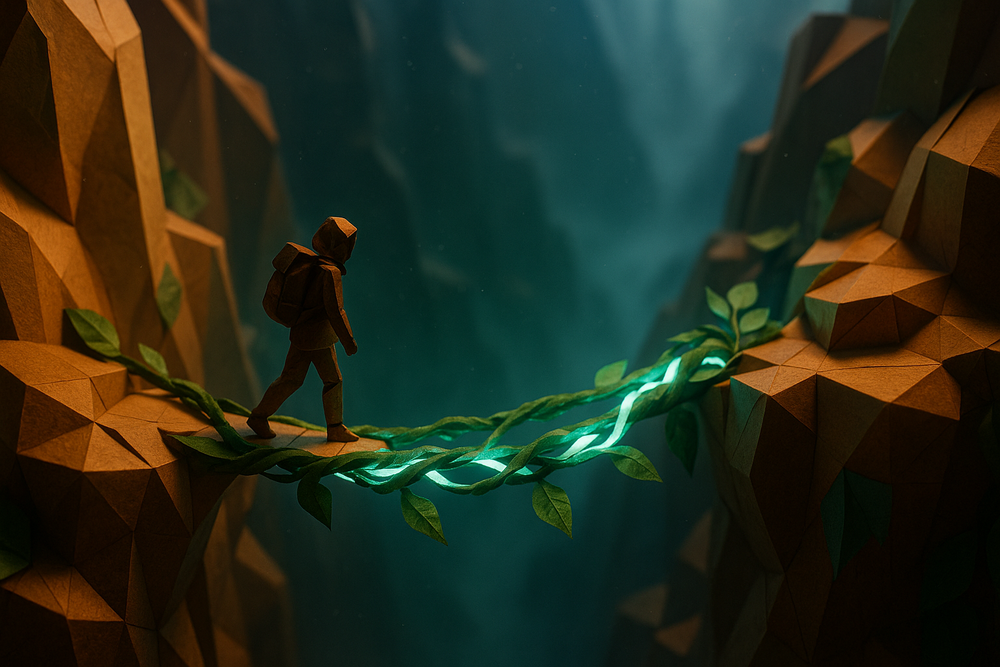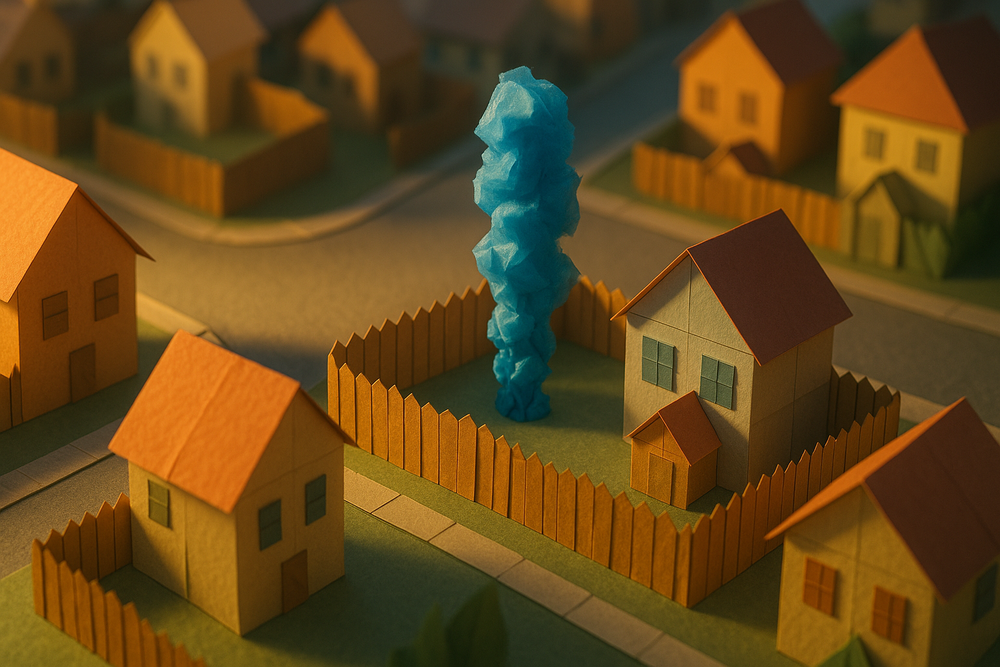When it comes to creating memorable protagonists, a well-crafted backstory serves as the foundation for their depth and relatability. A character’s past informs their motivations, fears, and desires, shaping how they navigate the challenges of your story. By delving into their history, you create a multidimensional figure who feels real to your readers. In this post, we’ll explore the importance of backstories, methods for constructing them, and how to weave them seamlessly into your narrative.
The Purpose of a Backstory
A protagonist’s backstory isn’t just a list of events; it’s the lens through which they see the world. Understanding what shaped your character allows you to write them with greater authenticity. Whether it’s a defining tragedy, a pivotal relationship, or a lifelong ambition, these elements inform every decision they make. As a storyteller, your job is to use the backstory to answer one essential question: Why does this character act the way they do?
Consider your protagonist’s personality and behavior. Are they cautious, driven, or quick-tempered? Traits like these rarely exist in a vacuum. A cautious character may have endured betrayal, while a driven one might have something to prove due to past failures. When you identify the key influences on their life, you create a character who acts with purpose, drawing readers into their emotional journey.
Building the Core of a Backstory
To craft a compelling backstory, start with the essentials. Begin by considering the following:
- Defining Moments: What are the key events that shaped your character? Focus on moments of change—both triumphs and tragedies.
- Relationships: Who influenced your protagonist? Family, friends, mentors, and enemies all leave marks on a person’s character.
- Goals and Fears: What does your character want most, and what do they fear losing? These are often rooted in their history.
It’s helpful to think of a backstory as a series of cause-and-effect relationships. For instance, if your character is afraid of abandonment, what events led to that fear? Perhaps they were orphaned as a child or betrayed by a trusted friend. Understanding these causal links allows you to build a past that feels organic and believable.







